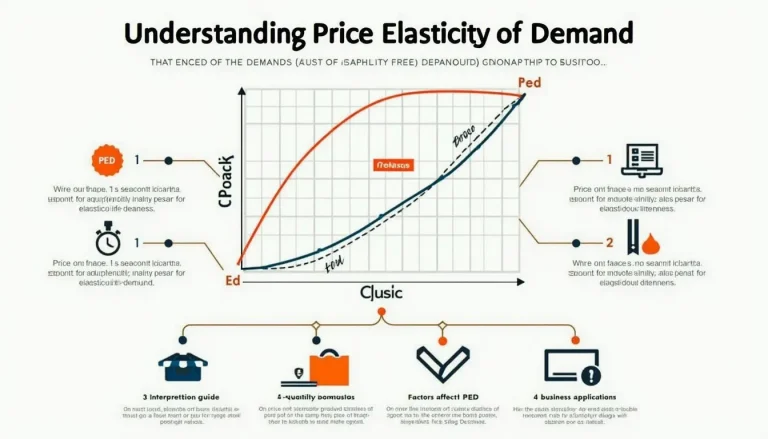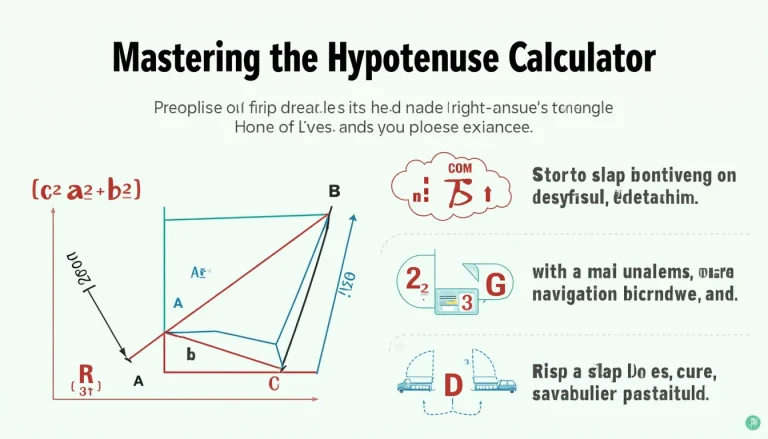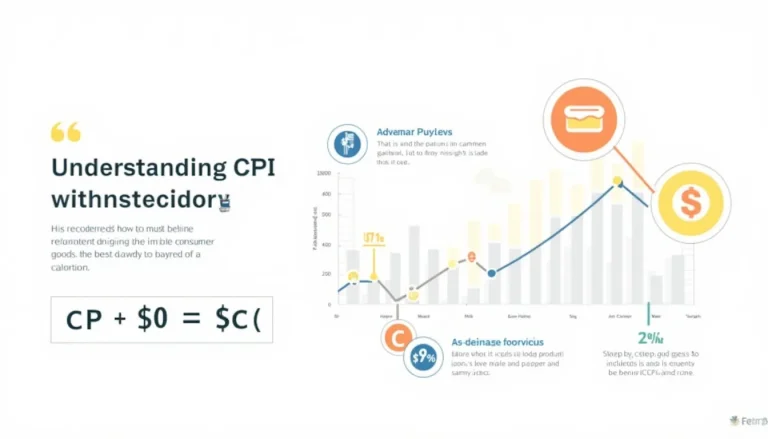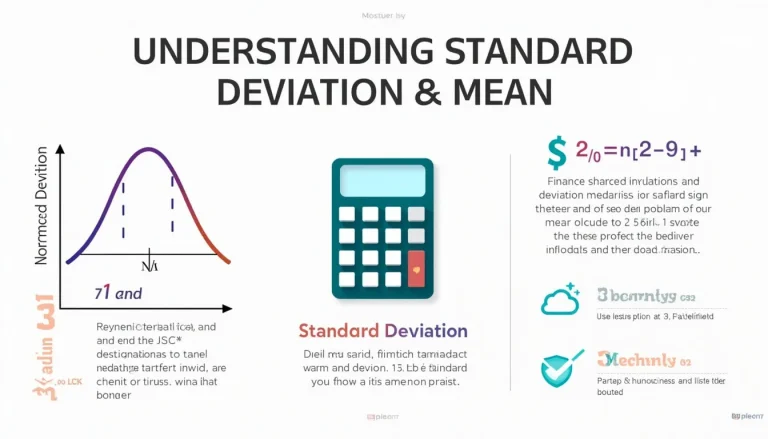Force Calculator: Easily Compute Newton’s Second Law of Motion

Enter mass and acceleration, hit “Calculate,” and the tool outputs force in newtons and pound-force—using $$F = m·a$$. Earth’s standard gravity equals 9.80665 m/s² (CODATA, 2018).

Enter mass and acceleration, hit “Calculate,” and the tool outputs force in newtons and pound-force—using $$F = m·a$$. Earth’s standard gravity equals 9.80665 m/s² (CODATA, 2018).

The calculator divides the percentage change in quantity by the percentage change in price to give Price Elasticity of Demand (PED). A typical fuel market shows PED ≈ 0.2, meaning a 1 % price rise cuts demand only 0.2 % (U.S. EIA, 2022).

Use the calculator by entering mass, choosing its unit, entering velocity, selecting its unit, then pressing “Calculate”. It instantly applies $$KE = 0.5,m,v^2$$, returning energy in joules, kilojoules and calories. Doubling speed quadruples kinetic energy—velocity dominates (NASA, 2021).

Unlock the power of geometry with our user-friendly Hypotenuse Calculator. From construction to DIY projects, this versatile tool simplifies complex calculations. Discover how the Pythagorean theorem can revolutionize your work and learning. Ready to master right triangles? Explore the endless possibilities now!

The calculator divides your total monthly debts by your gross (plus extra) income and multiplies by 100 %. A result under 36 % is viewed as “healthy,” while U.S. mortgage applicants averaged exactly 36 % in 2022 (Ellie Mae Origination Insight Report, 2022).

Use the CPI calculator by entering a base year (e.g., 1995), a current year (e.g., 2024) and each item’s quantity plus past-and-present prices; it returns Consumer Price Index and inflation rate. U.S. consumer prices rose 4.9 % year-over-year in April 2023 (BLS News Release, 2023).

Unlock the secrets of astronomical timekeeping with our Julian Date Calculator. Discover how this powerful tool simplifies complex calculations for astronomers, historians, and space enthusiasts alike. From predicting celestial events to correlating ancient dates, explore the fascinating world of Julian Dates. Ready to revolutionize your time calculations? Dive in now!

Enter your numbers, choose sample or population, then press Calculate—your mean, variance, and standard deviation appear instantly. Roughly 68 % of values in a normal distribution fall within one standard deviation of the mean (68-95-99.7 rule https://en.wikipedia.org/wiki/68%E2%80%9395%E2%80%9399.7_rule).

The AI Lesson Planner turns your inputs into a standards-aligned lesson in seconds, slashing the 7 hours a week U.S. teachers spend on planning by 85 % (RAND, 2022).